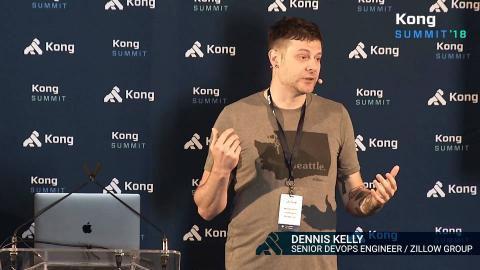Kong with Terraform: A Field of Dreams
During the Kong Summit in September Dennis Kelly, Senior DevOps engineer, explained how Kong became a core service—and an integral part of the architecture—across brands at Zillow Group. Starting out with a single use case for Kong Community Edition, Zillow advanced to proxying production workloads at scale with Enterprise Edition, automating deployments with Terraform. Kong’s power and flexibility fueled its explosive adoption at Zillow.






